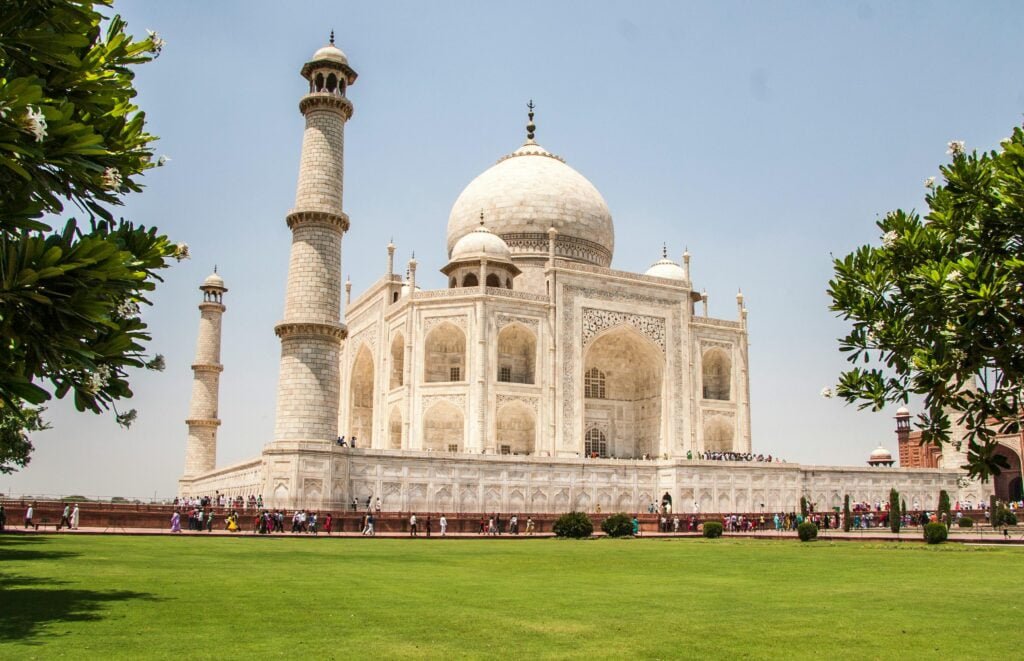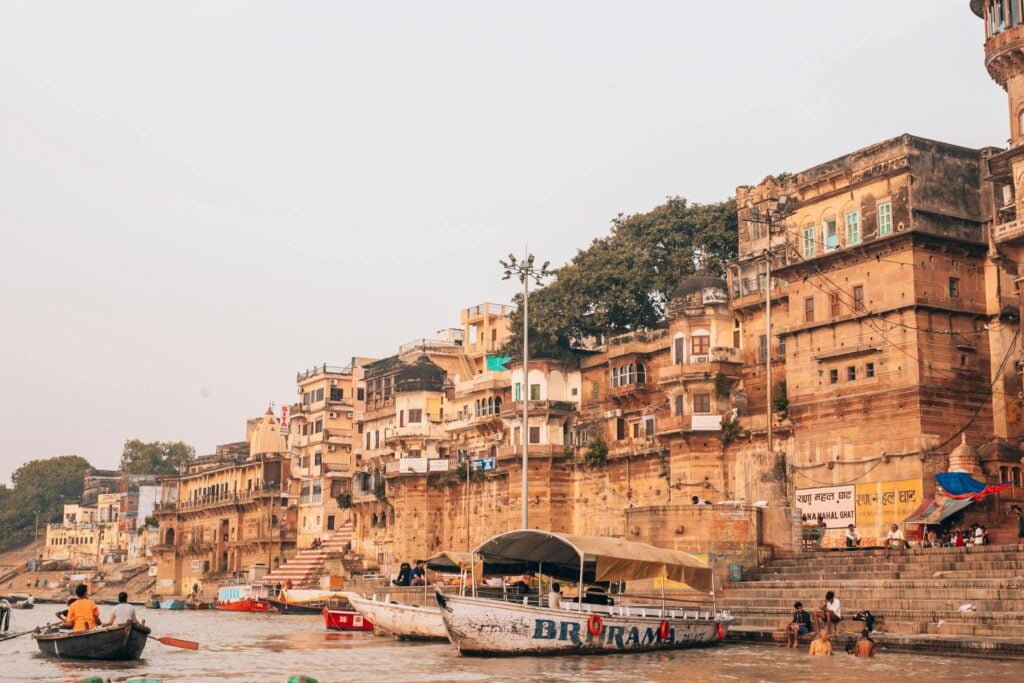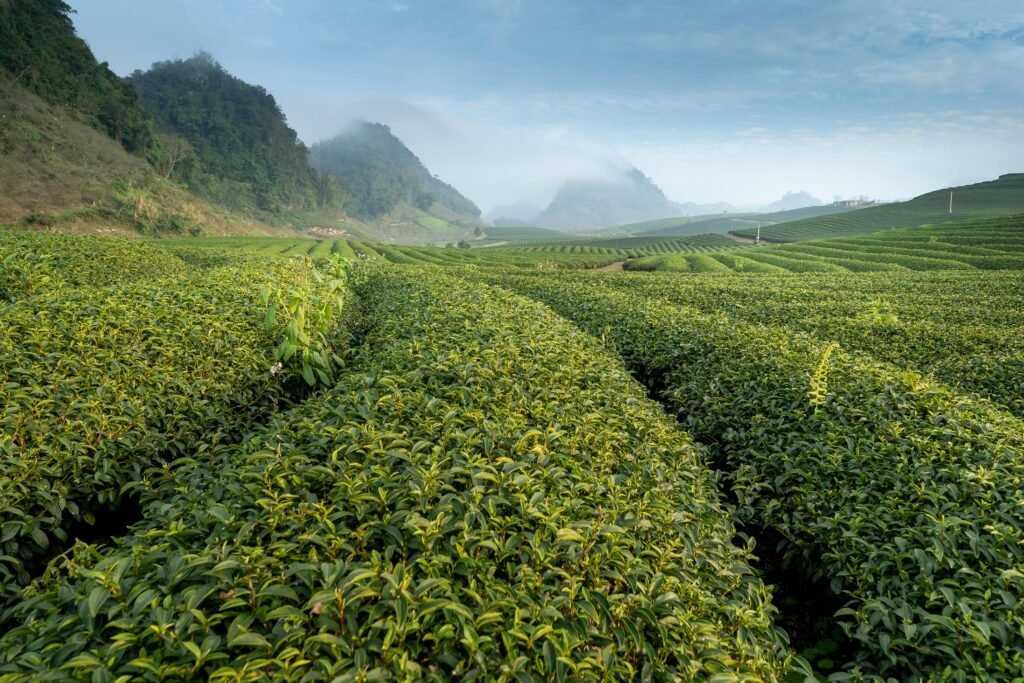Understanding Climate Change
Climate change refers to significant and lasting changes in global weather patterns and temperatures. Such a change is primarily caused by human activities that emit greenhouse gases into the atmosphere. The primary cause of climate change is the use of fossil fuels. Coal, oil, and natural gas are now the universal forms of energy for production and transportation. When these fuels are burnt, they release carbon dioxide, among other harmful gasses. These gases trap the sun’s heat and also increase the average temperatures on Earth.
The other major factor for climate change is the deforestation. This clearing of forests mainly occurs because of agricultural activities, urbanization, or logging. Forests are important in controlling climate since it absorbs carbon dioxide in the atmosphere. When people cut down trees or burn it, this important carbon sink is removed. Also, the stored carbon returns back into the atmosphere, and thus, warming is increased.
As a result of these activities, our planet is warming, and its mean temperature is rising. This means that there will be multiple effects. Disruptions in familiar weather patterns now produce frequent and worse storms, hurricanes, floods, and droughts. This is affecting the daily lives of people and is also having huge impacts on natural environments, ecosystems, and wildlife.
Since the ecosystem is changing because of climate change, we can see its effects on tourism as well. Ecosystems rely in most cases on natural beauty, biodiversity, and stable weather systems. And any change in it affects tourism. For example, melting of glaciers affects tourist destinations in mountainous areas while the rising sea levels affect tourism in coastal areas. Understanding climate change and its effects on the environment helps figure out its general impact on tourism both in India and other places.
Vulnerable Regions in India
India has a different geography and thus, therefore, has many areas especially prone to adverse effects of climate change. Coastal towns like Mumbai and Chennai are the most vulnerable cities because the sea might rise over them. These towns are not only crowded but also tourist places, but floods might begin coming more often and storms will much stronger. It may become hard for people to visit there and have an enjoyable tour. As we see more climate-related issues, the city of Mumbai, known for its vibrant culture and significant landmarks, and Chennai, famous for its rich heritage and beaches, could see a decline in tourism.
The Himalayan region is also a cause of concern because of melting glaciers happening over there. Himalayas are termed the “third pole” and are very essential to provide water for millions through river systems. Rapid melting glaciers raise the issue of water availability and risk a Glacial Lake Outburst Flood (GLOF), thereby threatening the trekker as well as spiritual tourists, who visit Ladakh and Uttarakhand. Such destructive impacts on such places of beauty go on to harm the local economies dependent upon tourists.
Other areas, such as the Sundarbans rich in their unique mangrove ecosystem, are vulnerable too. Rising sea levels because of climate here are threatening biodiversity and local livelihoods. When these natural places get saltier and lose their homes for animals, it can make it harder for people to visit and enjoy them. This can hurt the tourism industry. The negative effects of climate change are not just on the environment. It hugely impacts India’s tourism too. Identification of these areas enables implementing practical steps to control the risk as well as the tourism development despite such recurring climatic problems.

Effects of Climate Change on Tourism
Climate change brings various issues that affect tourism directly and indirectly in the sensitive regions of India.
Increase in Natural Disasters
We are seeing a significant increase in the frequency and intensity of natural disasters, such as floods, droughts, and heatwaves because of climate change. Such events can disrupt travel schedules, stop potential tourists, and lead to enormous losses in the local economy of communities highly dependent on tourism. For example, excessive rains from monsoons can lead to flash floods in popular tourist destinations. Thus, it would cause roadblocks and hazards. As such, ultimate outcome would therefore be drastically great falls in tourist arrivals.
Infrastructure Damage
The tourism infrastructure is also susceptible to damage due to weather events. For instance, airports, hotels, and other recreational facilities may be affected in terms of their operations if there was flooding and damage as a result of cyclones. It would then require costly repairs and restoring efforts. This could affect the local economies which are highly dependent on tourists. Moreover, tourism-related businesses may struggle to recover, leading to job losses and reduced investment in these areas.
Tourist Expectations
Furthermore, changing weather patterns affect not only the physical environment but also tourist expectations and experiences. For example, changing climates can impact the natural beauty of destinations that attract visitors, such as hill stations and coastal areas. Warmer temperatures may make historical pilgrimage sites less appealing during the peak summer months. Thus, it would make tourists to seek alternatives. This change in tourist behavior has the potential to change the dynamics of local tourism by increasing competition for alternative destinations and redefining peak travel seasons.
At last, I would say the connection between climate change and tourism in India shows the need for sustainable practices to reduce adverse effects and preserve the integrity of vulnerable ecosystems and local economies. If we work together to solve these problems now, we can make the tourism industry stronger and better able to handle the changes in the weather.

Adapting to Climate Change in Tourism
As climate impacts are increasing, it becomes a necessity for the tourism industry of India to take up proactive measures so that it reduces adverse impacts of climate change and increases its resilience.
Sustainable Tourism
A significant way of doing this would be by ensuring sustainable tourism practices. This may include accommodation that is eco-friendly, cutting down energy consumption usage, and encouragement of renewable energy sources. In such a scenario, the tourism industry will cut down on its carbon footprint, thereby helping to preserve the environment.
Resilient Infrastructure
Another step the tourism operators have to take into account is investing in infrastructure resilience, such as improving the facilities for them to be able to withstand extreme weather patterns like floods and heat waves. Climate risk assessments incorporated into the planning of tourism infrastructure can go a long way to increase preparedness. Also, establishing early warning systems and emergency protocols can help protect both tourists and local communities. This would ensure safety during dangerous climatic disturbances.
Community Involvement
Engagement of local communities is a strategic move towards adapting tourism practice change with climate change. Involving residents in decision-making regarding tourism development gives a sense of ownership to them. It also helps to develop sustainable practices by keeping regional needs in mind. Local communities often possess traditional knowledge and strategies that prove useful in responding to climate-related challenges. Thus, they can provide valuable insights for adaptive measures.
Awareness Campaigns
It is important to make people realize the challenge we are facing. So, for this purpose, promoting awareness and education about climate change impacts can help the stakeholders in tourism sector. Workshops, educative campaigns, and collaboration with environmental bodies can educate businesses and travellers to make appropriate decisions that do not result in bad effects to the environment.
These policies will not only help India’s tourism deal with problems arising in climate change but also find ways to grow and become creative. Everyone in business or travelling has to apply these new ways of doing things, and thus tourism in India can well continue when the climate is changing.
Do share your thoughts by commenting below.






